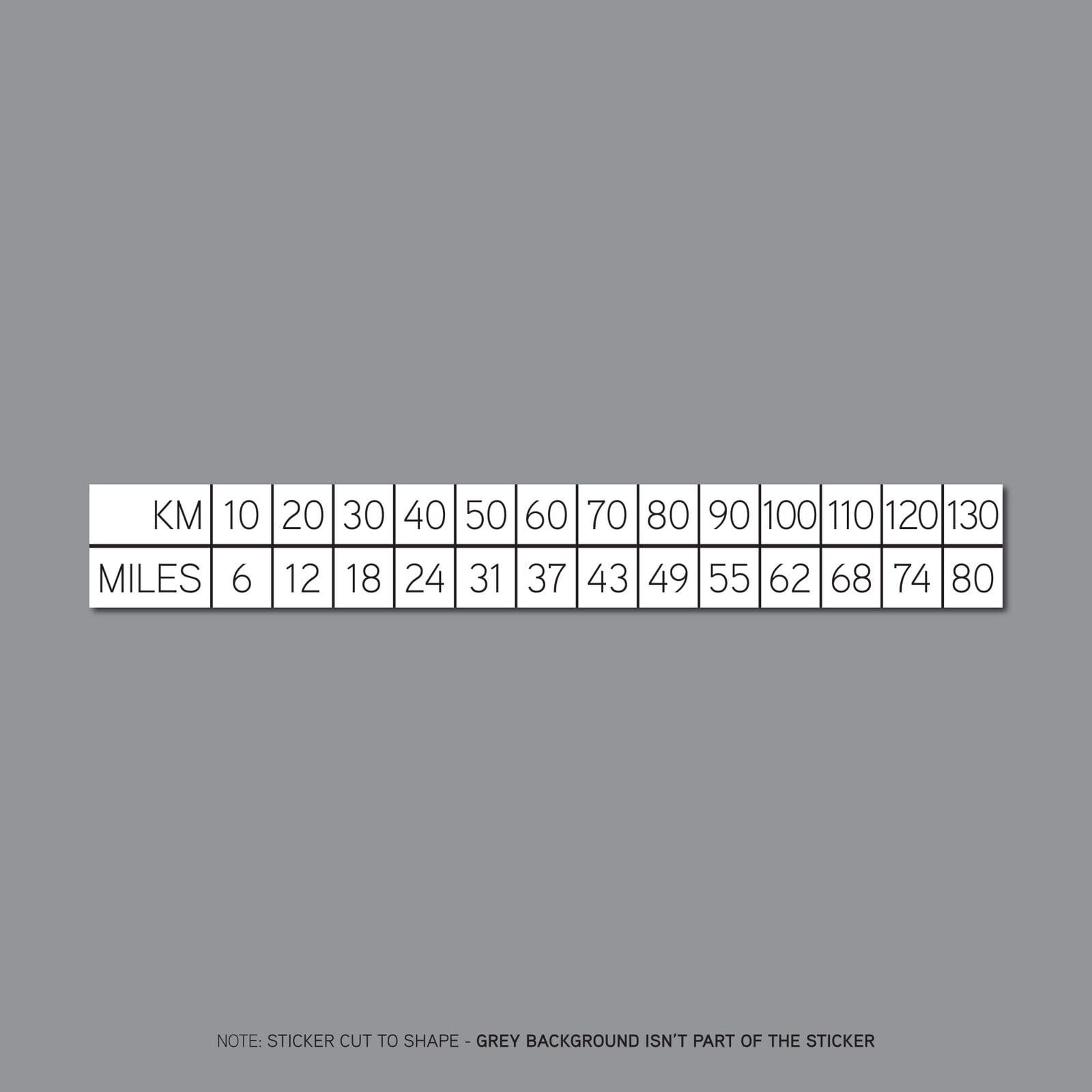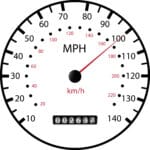Have you ever glanced at your speedometer and wondered, “Just how fast is 280 kilometers per hour in miles per hour?” Perhaps you’re a travel enthusiast planning a European road trip or a motorsport fan captivated by the world of Formula 1. Whatever your reason, understanding this conversion opens up a world of velocity and global understanding. Let’s dive in!
280 Kmh to Mph: A Need for Speed?
Picture this: you’re cruising down the Autobahn (or maybe just dreaming you are!), speedometer needle pushing towards 280 kmh. That’s fast in anyone’s book, but what does it translate to in the land of mph?
Hold onto your hats because 280 kilometers per hour clocks in at a blistering 174 mph! That’s a speed most of us only experience in our wildest daydreams. To put it into perspective, we’re talking about speeds that could rival some high-performance sports cars and leave most highway speed limits in the dust.
But this conversion isn’t just about satisfying our need for speed. It’s about bridging the gap between different measurement systems used worldwide. Imagine trying to navigate a foreign country’s roads or understanding the nuances of an international sporting event without this knowledge. Converting 280 kmh to mph allows us to appreciate the sheer velocity involved and make sense of speed in a global context.
Prepare for an exciting adventure as you unlock the secrets of converting 322 kph to mph 322 kph to mph.
Breaking Down the Conversion: 280 Kmh in Mph
Let’s unravel the mystery behind this conversion. How do we magically jump from kilometers to miles? It all boils down to a simple conversion factor: 0.6214.
To convert kilometers per hour (kmh) to miles per hour (mph), multiply your kmh figure by 0.6214. In this case:
280 kmh x 0.6214 ≈ 173.98 mph
The result? A speed that underscores the significance of understanding different measurement systems, especially when it comes to something as crucial as speed.
Why is this conversion so important? For starters, imagine driving through Europe, where speed limits are primarily in kilometers. Mistaking a 280 kmh sign for something you’re accustomed to seeing back home could have serious consequences!
Beyond travel, engineers, scientists, and anyone working with international data or projects frequently rely on this conversion. It ensures accuracy and consistency across different systems and facilitates a shared understanding of speed and its implications.
While the conversion factor provides a reliable guide, real-world conditions can influence actual speed. Factors like tire pressure, road conditions, and even vehicle design can subtly affect speed measurements and how we experience them.
100 Kmh to 100 Mph: Not Quite the Same
Let’s address a common point of confusion: Is 100 kmh the same as 100 mph? In short, no.
Remember our handy conversion factor (0.6214)? When we apply it to 100 kmh, we get approximately 62.14 mph. This difference might seem small, but it highlights the importance of accurate conversions, especially in situations where precision matters.
Imagine driving on a highway with a 100 kmh speed limit. Assuming it’s the same as 100 mph could lead to unintentional speeding and potential safety risks. Understanding the nuances of these conversions ensures we interpret speeds correctly and make informed decisions, whether we’re behind the wheel or simply trying to make sense of information presented in different units.
The Importance of Accurate Conversions
The conversion between 280 kmh to mph, and indeed any conversion between metric and imperial units, extends far beyond a simple mathematical exercise. It reflects a deeper need for clear communication, shared understanding, and the ability to navigate a world where different systems coexist.
Whether you’re a seasoned traveler, a science enthusiast, or simply curious about the world around you, grasping these conversions equips you with valuable knowledge that can enhance your experiences, broaden your perspective, and ensure you’re speaking the same language, even when the units differ.
- Unveiling Bernhard Caesar Einstein’s Scientific Achievements: A Legacy in Engineering - July 15, 2025
- Uncover who is Jerry McSorley: CEO, Family Man, Business Success Story - July 15, 2025
- Discover Bernhard Caesar Einstein’s Scientific Contributions: Unveiling a Legacy Beyond Einstein - July 15, 2025















